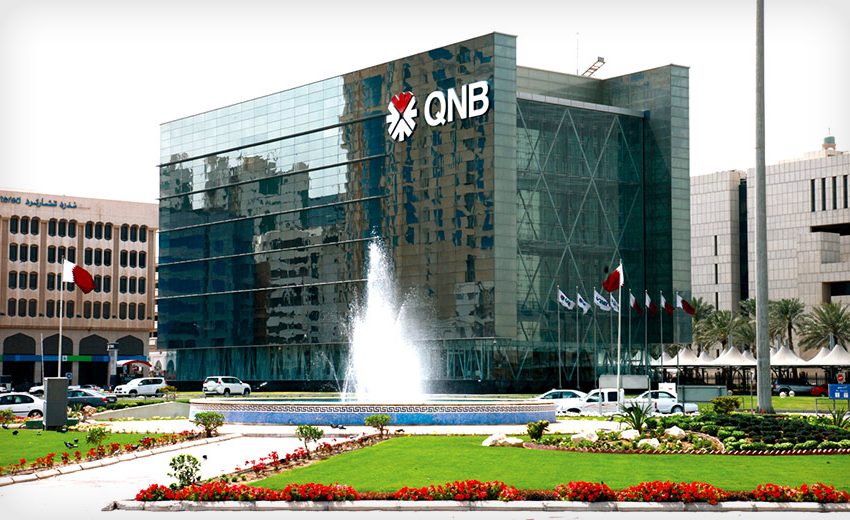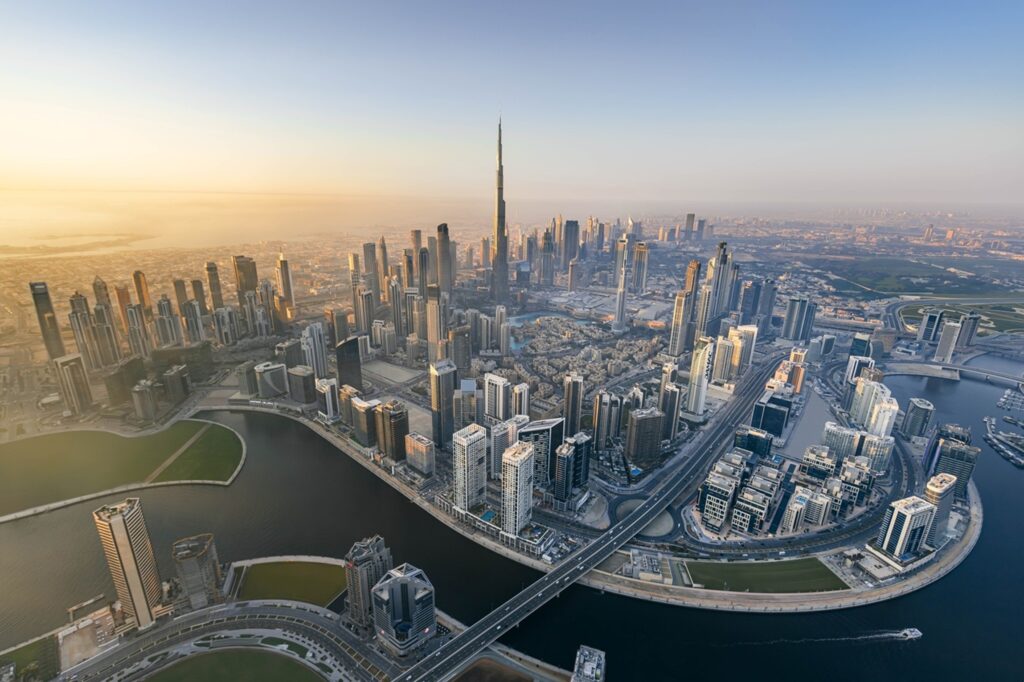
Regional Economic Growth Set To Help GCC Banks Recover in 2022
By V L Srinivasan
The economies of the six-member GCC countries including Saudi Arabia, the UAE, Oman, Qatar, Kuwait and Bahrain – suffered due to the outbreak of pandemic in March 2020 and shutdown the businesses like other countries for 4-6 months.
However, these countries re-opened their borders in H2 of 2020 by announcing financial support, intensifying vaccination drives and normalised oil and non-oil activity later.
In its report entitled “GCC Banking Sector Outlook: On The Path To Recovery In 2022,” Stand & Poor’s Global Ratings agency said the GCC banks in these region would benefit from the regional economic recovery in 2022 in view of the higher oil prices, continued support from the government spending, and normalizing non-oil activity.
Slight Deterioration
S&P Global expects banks’ asset quality indicators to deteriorate only slightly as regulatory forbearance measures have helped the corporate sector to deal with the negative effects of the pandemic.
In its view, the non performing loan ratio will rise in the next 12-24 months without exceeding 5% compared with 3.7% as on 30 September 2021.
Fed Reserve’s Rate Hike
Furthermore, GCC banks should benefit from policy rate hikes in 2022 by the US Federal Reserve, which will prompt a similar reaction from GCC central banks given their currency pegs.
“Lower global liquidity is likely to have a limited impact on GCC banks thanks to their strong net external asset positions or limited net external debt positions. Qatar is more vulnerable than other countries due to its large and expanding net external debt position but there are some mitigants,” the report said.
Strong capitalization and government support will continue to reinforce regional banks’ creditworthiness,” the report said.
Oil @65 Per Barrel
S&P expects the Brent oil price to average $65 per barrel in 2022.
“Improving economic sentiment and higher hydrocarbon production should lead to accelerated economic growth in the region. However, an uncontrolled resurgence in the pandemic that reduces mobility could hamper the global and regional economic recovery,” the report said.
Bahrain and the UAE are the only two countries where nominal GDP at year-end 2022 will remain slightly lower than 2019. This is because of the weight of the hospitality and real estate sectors in their economies, the report further said.
Residential Mortgage
Residential mortgage lending continues to drive strong growth in Saudi Arabia and Kuwait is also seeing expansion, mainly spurred by retail lending and the oil sector.
The UAE lending growth remains sluggish but S&P expects an acceleration as economic sentiment improves. “Bahrain’s double-digit growth is explained by acquisitions and expansion outside the country while Oman is recovering slowly,” the S&P report said.
Corporates in general are seeing a gradual recovery but certain sectors remain under pressure such as aviation and hospitality. The rise in Dubai real estate prices may be short-lived as the structural oversupply of residential property could challenge the market over the long term, making the recovery fragile.
Amid a tight job market, accelerated inflation readings over the past few months, and increasingly hawkish forward guidance from the U.S. Federal Reserve, S&P expects three rate hikes in 2022, with the first hike expected in May.















